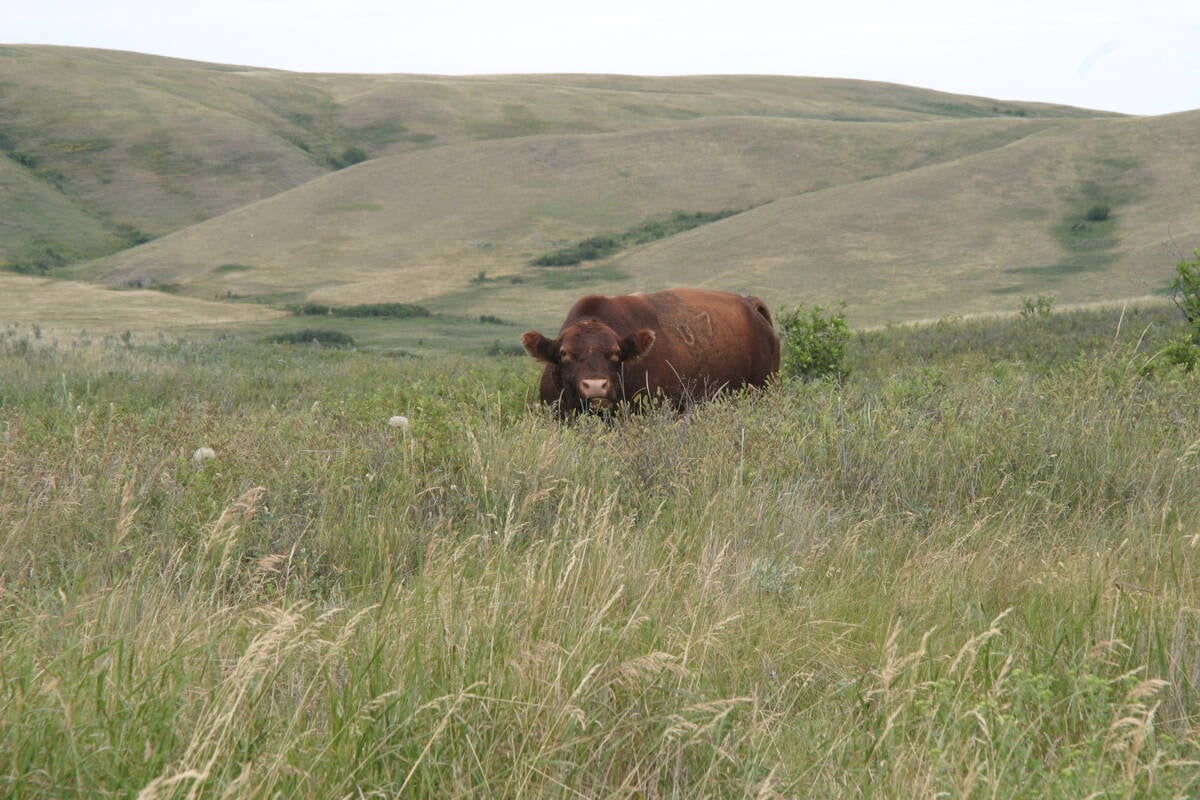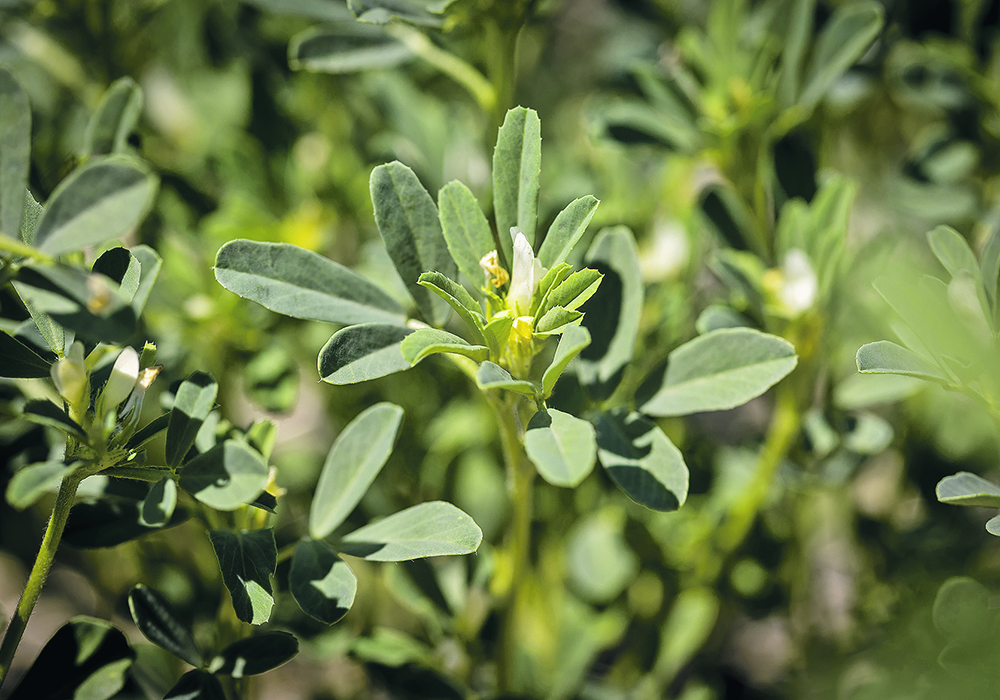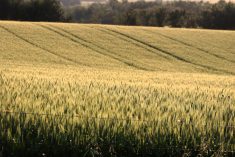WINNIPEG — It’s been more than two decades since a new fenugreek variety was released in Western Canada. So, over the last while, most fenugreek growers have relied upon a single variety of the pulse crop.
To add to the genetic pool, scientists with Agriculture Canada in Saskatoon are developing new varieties for the small group of farmers, maybe two or three dozen, who grow the crop in southern Saskatchewan.
“Having additional lines available would stabilize the industry,” said Isobel Parkin, who specializes in molecular genomics at Agriculture Canada.
Read Also

Saskatchewan puts crown land auction on hold
Auctions of Saskatchewan crown lease land are once again on hold.
Parkin is teaming up with Christina Eynck, an Agriculture Canada plant breeder, to create new lines of fenugreek, which is grown on about 2,500 to 5,000 acres in Saskatchewan.
“Fenugreek is a self-pollinated, small-seeded annual legume,” says the Saskatchewan Pulse Growers website.
“There are many uses of fenugreek, including use as a herb, spice, flavouring, vegetable, animal feed, medicinal, health food ingredient and industrial applications.”
Saskatchewan’s fenugreek acres may be small, but SaskPulse is taking action to support growers and the industry.
In January, SaskPulse announced $199,750 in funding to develop early maturing varieties, which are suited for the Prairie climate.
Around the globe, fenugreek is primarily grown in the Mediterranean and parts of Asia.
Parkin has identified about 150 cultivars and lines of fenugreek, which will be tested at multiple locations in Saskatchewan.
She’s hoping to identify traits that will reduce the time to maturity and provide resistance to leaf spot.
“The biggest thing (challenge) is probably the maturity date.… Currently, it’s a bit late for us,” Parkin said.
The SaskPulse website notes that it takes 105 to 140 days for fenugreek to mature. As a result, it “is best adapted to southern Saskatchewan.”
One of the agronomic benefits of growing fenugreek is it has resistance to Aphanomyces, a root rot that affects field peas and lentils. Growers who want a pulse crop in their rotation but have fields contaminated with Aphanomyces spores may want to consider fenugreek.
In 2020, promoting and researching fenugreek was added to the SaskPulse mandate. The SPG collects and manages a non-refundable levy on fenugreek production in Saskatchewan.
Emerald Seed Products of Avonlea, Sask., is the primary buyer and processor of fenugreek on the Prairies. The company manufactures health food products from fenugreek, which provide “heartburn relief” and are a “digestive health supplement,” the Emerald website says. Fenugreek contains a high amount of dietary fibre but little starch or sugar.
Emerald also sells fenugreek to Saskatchewan’s potash industry, where it’s used to separate potash from the materials surrounding it.
The most common fenugreek variety on the Prairies, CDC Canafen, was developed in the 1990s and early 2000s by researchers at the University of Saskatchewan.
After 20 years of minimal activity, the time is right for genetic improvements to fenugreek, Parkin said.
“It’s nice to get some work done on the crop. It hasn’t had any attention for so long.”
If the research proceeds as expected, new fenugreek varieties could be available for Saskatchewan growers in five to seven years.
















